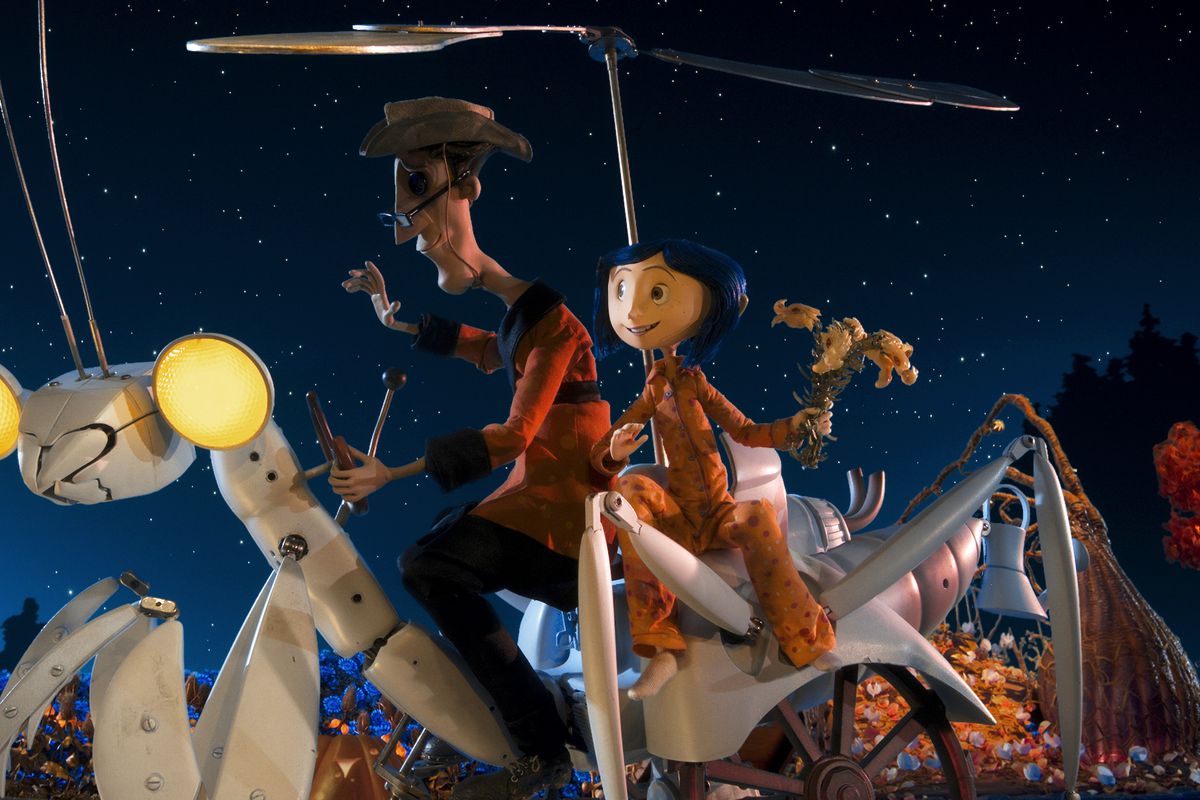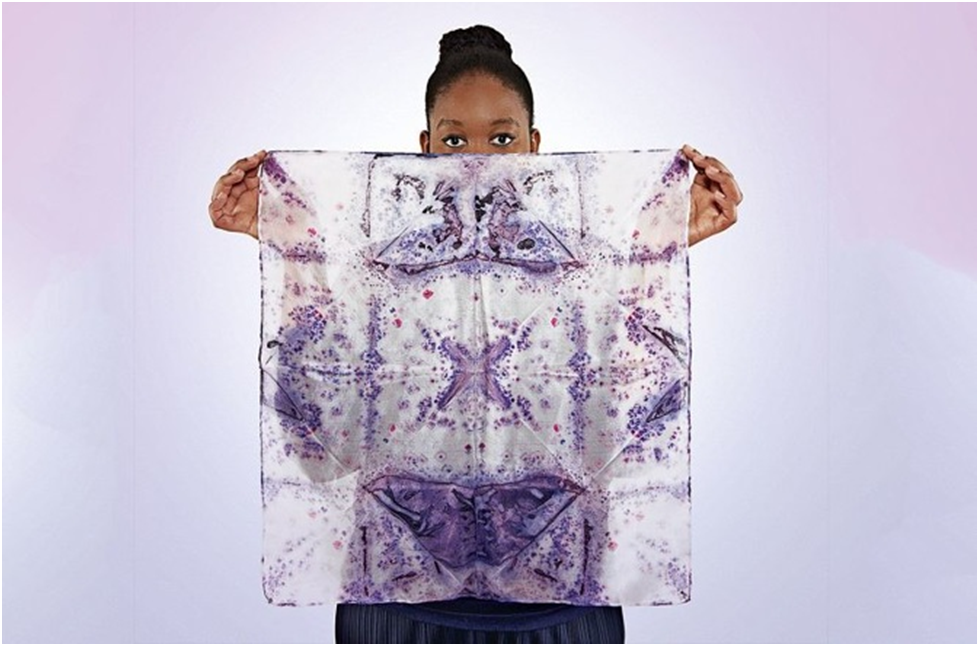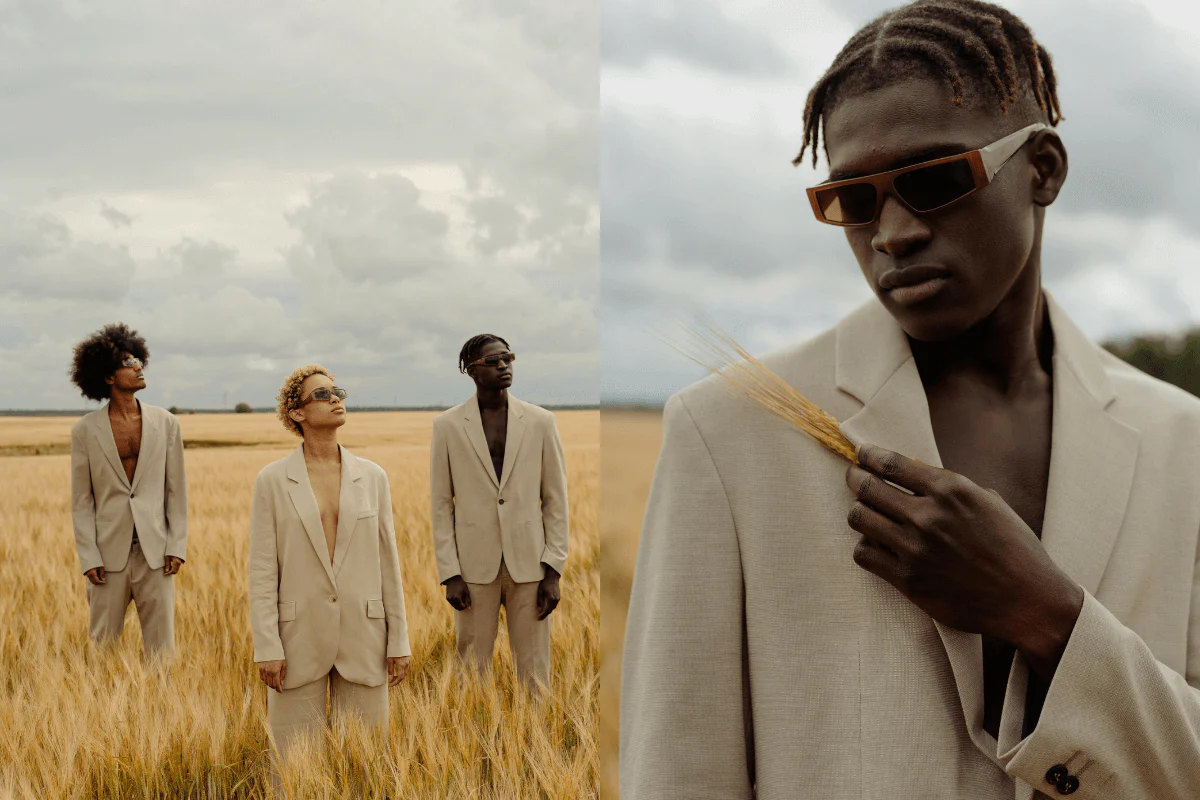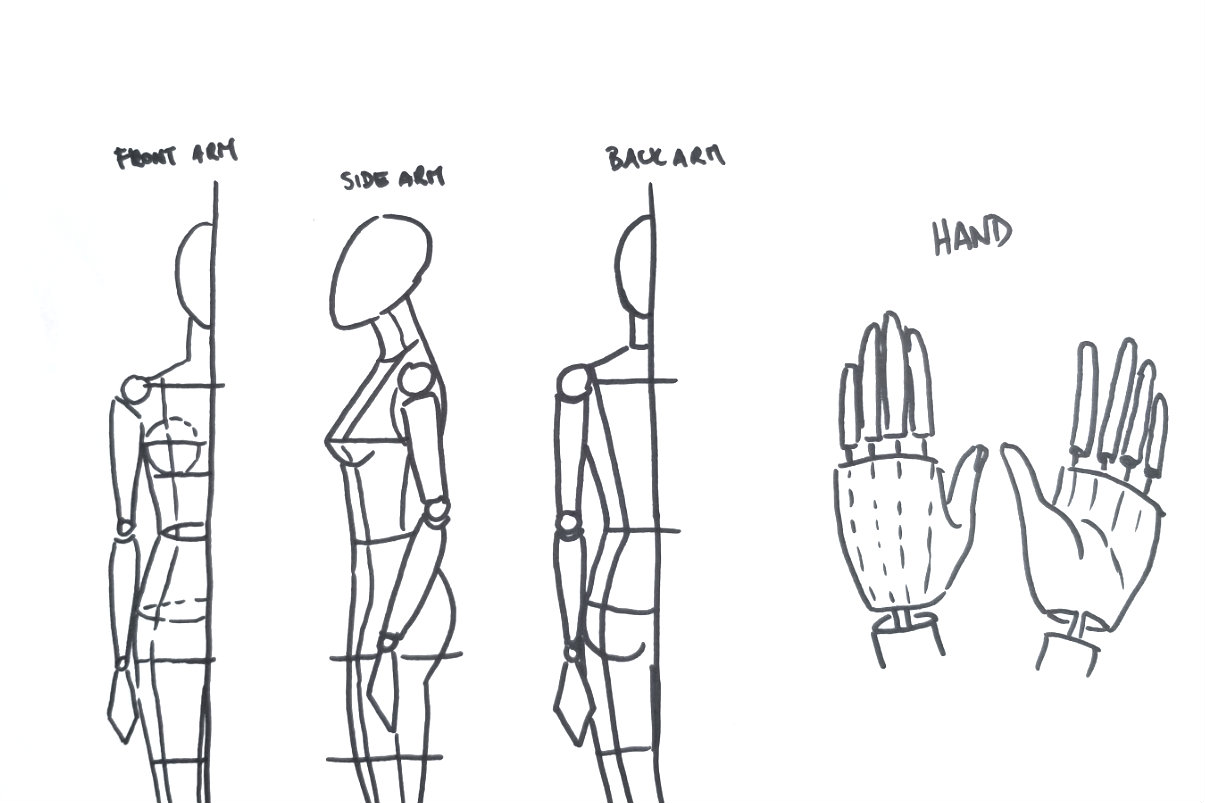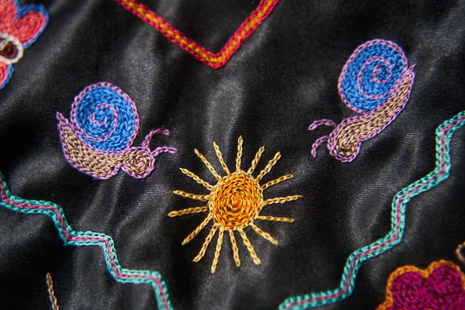Costume design in stop-motion animation is a meticulous craft that brings tiny worlds to life, blending artistry with technical precision. Unlike live-action, where costumes are worn by actors, stop-motion requires miniature outfits built for puppets, often just inches tall. Experts like Laika’s Deborah Cook, a lead designer on films like Coraline, use materials such as silicone, wire, and fabric scraps to create garments that move naturally frame-by-frame. This process, rooted in deep knowledge of textiles and puppet mechanics, ensures characters like Kubo from Kubo and the Two Strings feel authentic, enhancing storytelling through visual detail.
The authority behind this niche comes from seasoned animators and designers who merge traditional sewing with cutting-edge tech. Cook, with decades in the field, collaborates with engineers to embed armatures—metal skeletons—into costumes, allowing fluid motion under stop-motion’s painstaking 24-frames-per-second process. Studios like Aardman, known for Wallace & Gromit, rely on teams trained in both costume history and animation physics, ensuring designs are practical yet expressive. Their work, showcased in behind-the-scenes documentaries, proves that every stitch is deliberate, building trust in the craft’s rigor.
For audiences, the experience of seeing these costumes is pure magic, validated by the films’ enduring appeal. Fans on X rave about details like the frayed edges of Shaun the Sheep’s wool, a testament to hands-on artistry. Unlike CGI, stop-motion costumes offer a tactile realism—Laika reports crafting over 100 outfits for The Boxtrolls alone. This dedication not only captivates viewers but also inspires aspiring designers, showing how a small-scale sleeve or cape can carry a story, frame by painstaking frame, into cinematic history.

